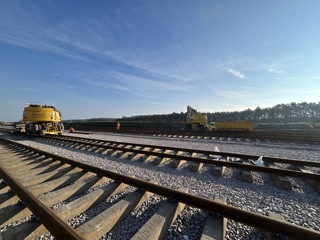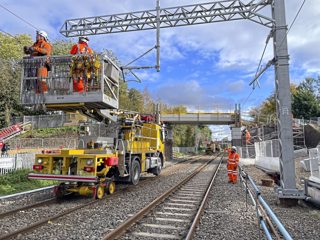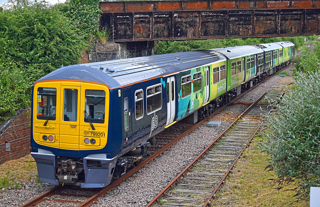Of the many issues facing the Labour government’s transport team, the least discussed has been the future of HS2. Transport Secretary Louise Haigh has said she will make a statement. But there is little sign of that coming in the near future, as the focus has very much been on the ‘renationalisation’ of train operations.
HS2 is seen as a problem for the longer term, and therefore decisions can wait. But that is a mistake. Not only is an immediate decision required on what to do about the tunnel boring machines which need to run between Old Oak Common and the approach to Euston, but the fate of the biggest infrastructure investment this country has ever seen in a single project cannot be allowed to remain uncertain. I have had considerable response to my appearance on the excellent Panorama programme first screened on September 16.
It has reinforced my view that the project was flawed from the start by the insistence that it should be built to a 400kph (248mph) standard, rather than the 300kph (186mph) that has mostly been the norm elsewhere.
According to a source close to the project, that created much of the extra cost which has been the project’s downfall. Indeed, I am told that in the early stages of the project, one of its principal architects rejected a report which showed that running at 360kph would result in vastly increased costs. Inevitably, there has been some pushback on social media on my view that the 360/400kph requirement was a core reason for the high cost, and I have been pointed to the review of the speed consideration (and indeed of the route) in a report by HS2 published in 2012. Titled Review of HS2 London to West Midlands Route Selection and Speed, it is a clear case of an organisation marking its own homework and justifying the decisions on the route and line speed with very selective evidence. Clearly it was one of those reports written from the conclusion backwards, rather than a proper assessment of the project.
The report rejected alternative routes on the notion that they went through more populated areas than the chosen one through the Chilterns (rather ignoring the fact that this might have made an intermediate stop useful), suggesting that they would have needed more tunnelling (when in fact the present route requires a remarkable 32 miles of tunnel out of 135 miles). It admitted that building a slower line would be 9% cheaper (a great underestimate according to several of my sources, as it does not take sufficient account of noise mitigation and other changes), but that this would impact on the benefits.
These, of course, under the Webtag methodology used to calculate the gains from infrastructure projects, largely consist of small-time savings from people travelling on the train which are then assigned a monetary value that varies according to leisure or business use. As I have written many times, this is a fundamentally flawed methodology and must be changed by the present ministerial team to ensure that far wider societal factors are taken into account when assessing transport schemes.
In respect of HS2, however, the emphasis on these small-time savings has distorted the way that decisions on speed and route were determined. The report said that reducing the line speed to the more usual 300kph would just add an extra four minutes between London and Birmingham, but would reduce the benefit:cost ratio by 15%. This demonstrates irrefutably that the crazy methodology, rather than wider considerations or just plain common sense, led to the decision over line speed that has proved so costly. Since appearing on the programme, I have been told of lots of examples of the reason why costs have soared.
The cost of the rolling stock, which is not always included in estimates of the overall expenditure, has undoubtedly been raised considerably by the need to go fast.

















Login to comment
Comments
No comments have been made yet.